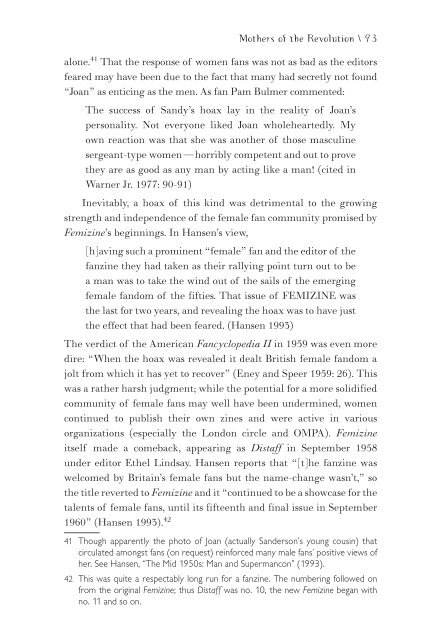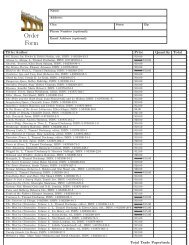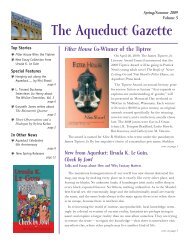Feminist Ca
Read Chapters Two and Three - Aqueduct Press
Read Chapters Two and Three - Aqueduct Press
- No tags were found...
Create successful ePaper yourself
Turn your PDF publications into a flip-book with our unique Google optimized e-Paper software.
Mothers of the Revolution \ 93<br />
alone. 41 That the response of women fans was not as bad as the editors<br />
feared may have been due to the fact that many had secretly not found<br />
“Joan” as enticing as the men. As fan Pam Bulmer commented:<br />
The success of Sandy’s hoax lay in the reality of Joan’s<br />
personality. Not everyone liked Joan wholeheartedly. My<br />
own reaction was that she was another of those masculine<br />
sergeant -type women — horribly competent and out to prove<br />
they are as good as any man by acting like a man! (cited in<br />
Warner Jr. 1977: 90-91)<br />
Inevitably, a hoax of this kind was detrimental to the growing<br />
strength and independence of the female fan community promised by<br />
Femizine’s beginnings. In Hansen’s view,<br />
[h]aving such a prominent “female” fan and the editor of the<br />
fanzine they had taken as their rallying point turn out to be<br />
a man was to take the wind out of the sails of the emerging<br />
female fandom of the fifties. That issue of FEMIZINE was<br />
the last for two years, and revealing the hoax was to have just<br />
the effect that had been feared. (Hansen 1993)<br />
The verdict of the American Fancyclopedia II in 1959 was even more<br />
dire: “When the hoax was revealed it dealt British female fandom a<br />
jolt from which it has yet to recover” (Eney and Speer 1959: 26). This<br />
was a rather harsh judgment; while the potential for a more solidified<br />
community of female fans may well have been undermined, women<br />
continued to publish their own zines and were active in various<br />
organizations (especially the London circle and OMPA). Femizine<br />
itself made a comeback, appearing as Distaff in September 1958<br />
under editor Ethel Lindsay. Hansen reports that “[t]he fanzine was<br />
welcomed by Britain’s female fans but the name-change wasn’t,” so<br />
the title reverted to Femizine and it “continued to be a showcase for the<br />
talents of female fans, until its fifteenth and final issue in September<br />
1960” (Hansen 1993). 42<br />
41 Though apparently the photo of Joan (actually Sanderson’s young cousin) that<br />
circulated amongst fans (on request) reinforced many male fans’ positive views of<br />
her. See Hansen, “The Mid 1950s: Man and Supermancon” (1993).<br />
42 This was quite a respectably long run for a fanzine. The numbering followed on<br />
from the original Femizine; thus Distaff was no. 10, the new Femizine began with<br />
no. 11 and so on.




